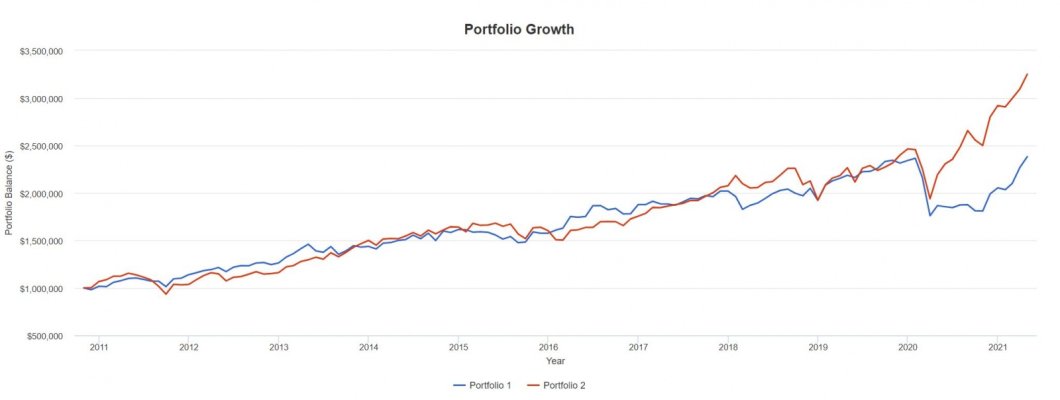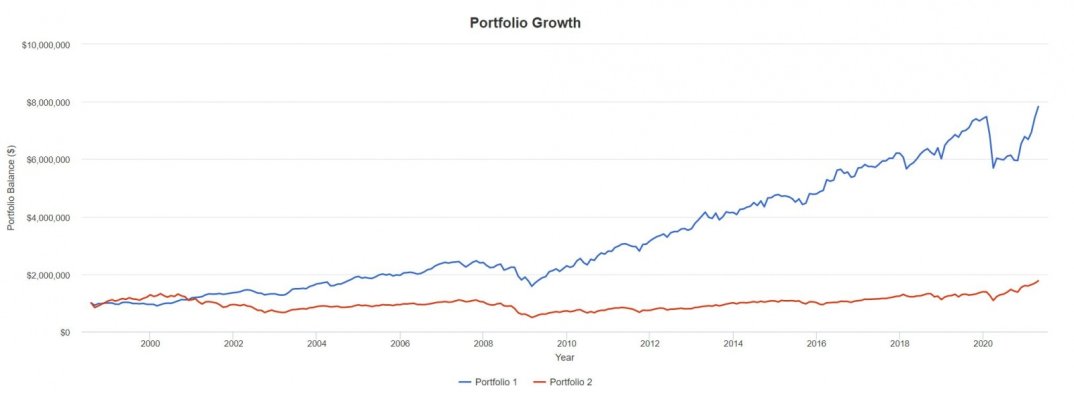ERD50
Give me a museum and I'll fill it. (Picasso) Give me a forum ...
One more comment on this post:
And one of the great befits of the this forum is we get to hear and share those different ideas. I've learned a lot from many different individuals here. I've become aware of things I probably would have missed otherwise.
A big "thanks" to the forum members, owners, admins and mods.
And you know what I do when I hear about some idea - I analyze it. It might be a great idea and great for me, it might be a great idea, but not applicable to me. It might be a lousy idea from some misguided individual. Only an analysis can help me determine that.
It's what I do. I'm not aware of any better methodology. It has served me well.
-ERD50
... We all have different ideas of what we want to do.
And one of the great befits of the this forum is we get to hear and share those different ideas. I've learned a lot from many different individuals here. I've become aware of things I probably would have missed otherwise.
A big "thanks" to the forum members, owners, admins and mods.
And you know what I do when I hear about some idea - I analyze it. It might be a great idea and great for me, it might be a great idea, but not applicable to me. It might be a lousy idea from some misguided individual. Only an analysis can help me determine that.
It's what I do. I'm not aware of any better methodology. It has served me well.
-ERD50



